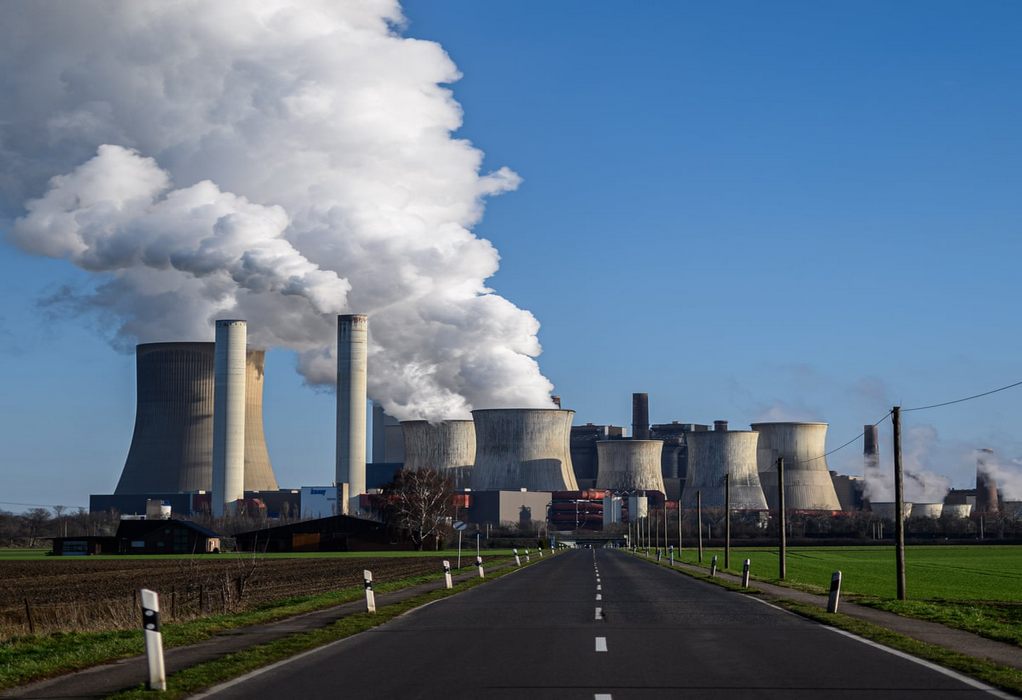The early 2022 edition of the Agency’s bi-annual Electricity Market Report has just been published, revealing how nations are largely turning to fossil fuels to meet the increase in electricity demand as Covid-19 lockdown restrictions are lifting.
According to the report, the global electricity demand rose 6 per cent year-on-year in 2021 – the steepest year-on-year increase recorded by the IEA since the financial crash of 2008 onwards. While some of this increase will have been due to the electrification of sectors including transport, the IEA attributes the majority to poor energy efficiency improvements as Covid-19 lockdown restrictions lifted in many countries.
The Agency notably released new data in late 2021 revealing that global energy intensity fell 1.9% year-on-year – a drop only half as steep as the level needed to lay the foundation for net-zero by 2050.
There are also links to a colder-than-average winter in Europe and a warmer-than-average season in much of Asia.
The new report reveals that while electricity generation from renewables was up 6% year-on-year in 2021, generation from coal was up by 9%, led by markets including China and India, with coal serving more than half of the increase in demand. This, coupled with a 2% increase in gas-fired generation, caused a 7% year-on-year increase in emissions from the power sector.
After two years of decline, this means that emissions from the power sector are now at a record high. It also, unfortunately, means that the IEA was wrong in July 2021 when it stated that the global demand for fossil-fuel-fired electricity has peaked.
The IEA is voicing concerns that, despite the growing net-zero movement, nations are still failing to decouple increased electricity demands from increased emissions. It is forecasting that power sector emissions will likely remain “around the same level” for the next three years. In contrast, the IEA’s net-zero by 2050 scenario entails a 55% decrease in sectoral emissions by 2030, against a 2019 baseline.
The IEA is anticipating that, by 2024, the trends will have changed, with renewables serving most of the increase in electricity demand and fossil fuel generation “stagnating”. Specifically, it is forecasting a decrease of 5% or less in coal-fired electricity generation and a 1% increase in gas-fired generation each year.
“ While renewables are set to meet the vast majority of the increase in global electricity demand in the coming years, this trend would only result in a plateauing of emissions from electricity generation,” the report states. “That is insufficient for the power sector to fulfil its critical role as a leading force in the decarbonisation of economies around the world.”
Energy price crisis
The report also charts increases in wholesale gas and electricity prices, globally, to “unprecedented” levels, as well as “volatile” coal prices.
The IEA’s price index for the world’s biggest wholesale electricity markets in 2021 recorded figures almost twice as high as 2020, and 64% higher than the average prices recorded between 2016 and 2020.
The steepest price hikes were seen in Europe at the end of 2021. Japan and India have also seen steep increases.
“Sharp spikes in electricity prices in recent times have been causing hardship for many households and businesses around the world and risk becoming a driver of social and political tensions,” said the IEA’s executive director Fatih Birol.
“Policymakers should be taking action now to soften the impacts on the most vulnerable and to address the underlying causes. Higher investment in low-carbon energy technologies including renewables, energy efficiency and nuclear power – alongside an expansion of robust and smart electricity grids – can help us get out of today’s difficulties.”
Birol last week penned a blog urging policymakers to reject claims that the energy price crisis would not have been as bad if the energy mix was higher-carbon with more gas and coal.
The article was written by Sarah George
Source: https://www.edie.net/news/
Tags: Decarbonisation, Fossil Fuels, IEA, Power Sector

Recent Posts
GCMD completes biofuel supply chain trials with Hapag-Lloyd
Airbus partners with Avolon on hydrogen aviation
Nuclear power transition more safe option for decarbonisation than coal
ABS presents industry’s first advisory on ammonia bunkering
AW Shipping orders multiple dual-fuel vessels from China
HIF Global partners with Airbus to advance development of SAF
ASL Aviation signs agreement with ZeroAvia for retrofit
AM Green plans to invest $1 bn to set up 2G biofuel plants